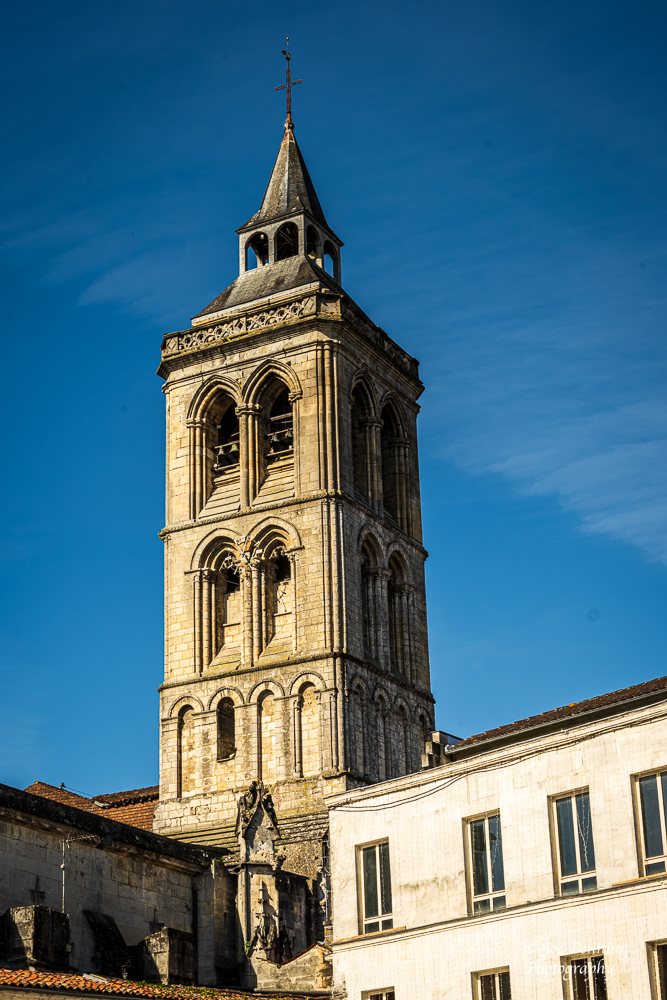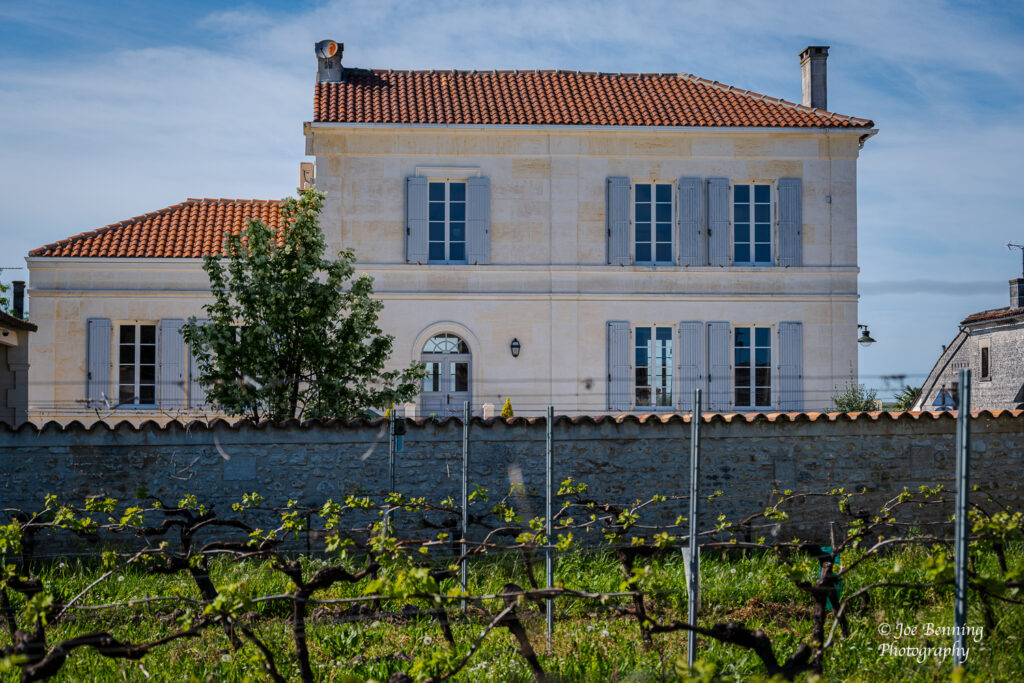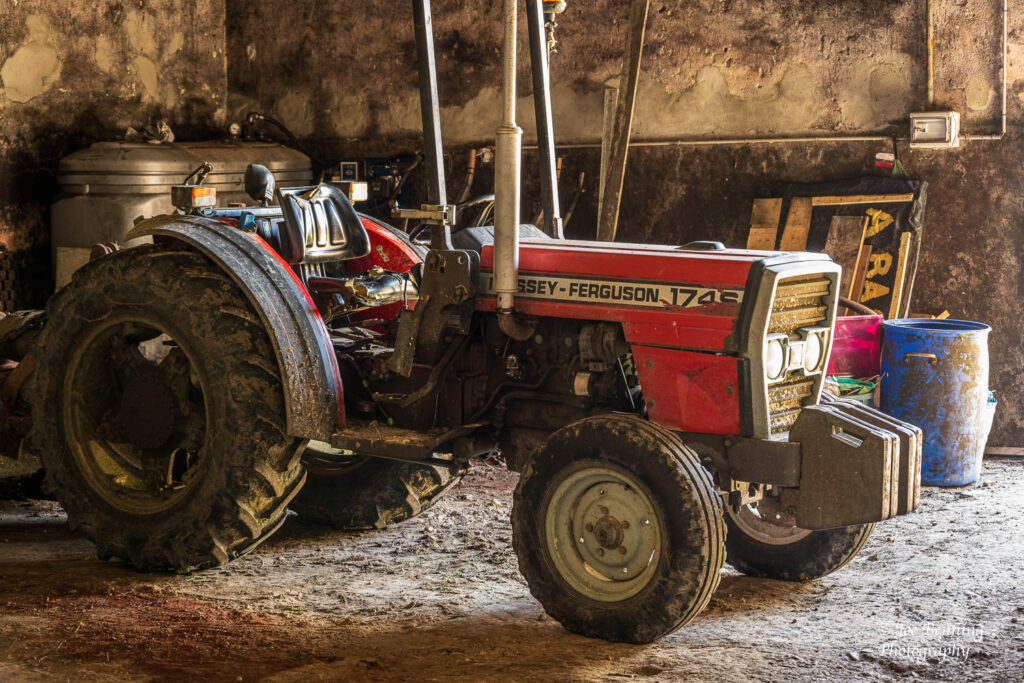After a mildly harrowing week, five of us set off for a guided tour of Cognac. The guide picked us up at our hotel and we drove off on our way to Cognac. It’s a pleasant drive of about an hour and a half through the French countryside, similar to the drive to the Médoc region. But now that we are a couple of weeks into Spring the scenery is noticeably greener.

When we got to Cognac we visited the village’s outdoor market. Apparently just about every village in France has a market where the townspeople buy produce and other groceries while the tourists buy souvenirs. After a stroll around town and the market we made our way to a first rate restaurant for a delightful lunch before heading out for some Cognac tours and tastings.


Cognac (the drink) starts off as a white wine, but after several distillations it turns into hard liquor. By the rules (in France there are rules for everything) the alcohol content of Cognac is 40%. Anything more or anything less and it cannot be called cognac. It’s still a brandy—just not cognac. And it has to be distilled by the March 31 deadline to be labeled a cognac. April 1 and you are out of luck. Rules, rules and more rules.
Anyway the info about alcohol content brought a dawning realization to me. It explained why I felt so awful the next morning after a late night that included—cognac.
Leaving that aside we visited one large cognac house (Hennessy) and a newer and much smaller family operation that also served as a supplier to Remy Martin. As it turns out the big houses (among them Hennessy, Remy Martin, Martell, Courvoisier) all rely on smaller operations to supply them with the raw material that their Master Blenders use to make the final product.

There are thousands of small farms that act as suppliers. They are all in the cognac region and they are all subject to the same rules e.g. — the March 31 distillation requirement—before the large houses will even consider them. Among them, the small farms supply about 70% of the raw material the Master Blenders use.

The Master Blenders are so named because they may mix vintages to produce a consistent taste for their respective houses and brands.

Needless to say we did our share of tastings. One was at Hennessy; the other was at a producer named Raison Personnelle. At Raison Personnelle we were also treated to a series of pairings of cognac and chocolates. They were all quite delicious.

A little known factoid about the cognac business: about 20 years ago the industry hit a rough patch and sales were declining. Then Courvoisier began to advertise using rappers and sales once again took off. Sweat pants, shirts and gold chains turned it around. At least according to the lore.
Anyway that sums up our very excellent visit to Cognac, along with several photos.
Au Revoir
Joe
